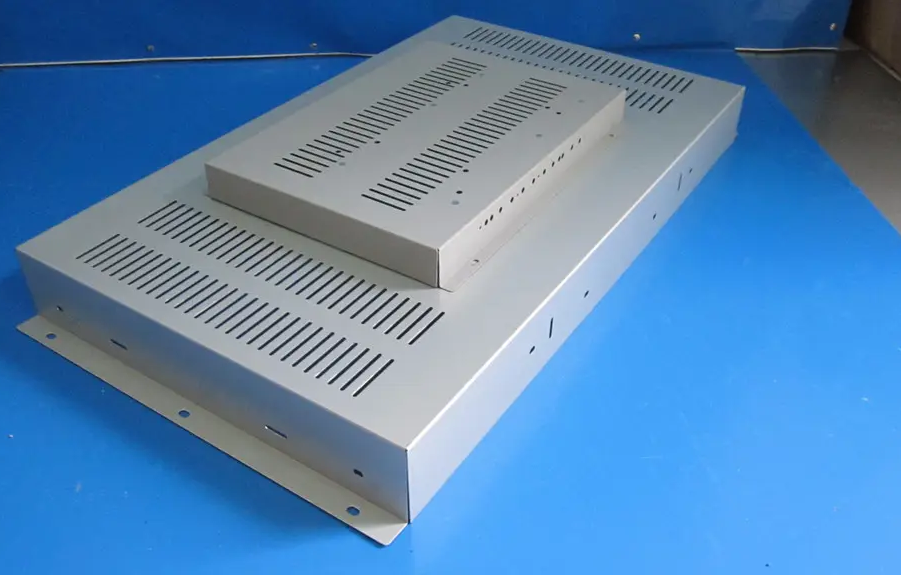Sheet metal fabrication is the process of transforming flat sheets of metal into different shapes and sizes to create various products. The process typically involves the following steps:
Design and engineering: The first step is to create a design concept and then use computer-aided design (CAD) software to create a detailed drawing.
Material selection: The type of metal used depends on the final product specifications, including the size, thickness, and desired properties such as strength, durability, and corrosion resistance.
Cutting: The next step is to cut the metal sheet into the desired shape and size using various cutting methods such as shearing, sawing, or laser cutting.
Forming: After the metal sheet is cut, it is then bent or shaped using different techniques such as bending, stamping, or rolling to create the desired shape.
Joining: The metal pieces are then joined together using various welding, screwing, or riveting techniques to create the final product.
Finishing: The final step involves cleaning and finishing the metal surface to improve the appearance, durability, and functionality of the product. This step may include sanding, polishing, painting, or coating the metal surface.
Sheet metal fabrication is commonly used in a wide range of industries, including construction, automotive, aerospace, and manufacturing, to create products such as cabinets, enclosures, ductwork, and machine parts.
The tolerance of sheet metal refers to the allowable deviation or variation in size or dimension of a manufactured sheet metal part from its intended design specifications. The tolerance of sheet metal is typically determined by the type of material used, the manufacturing process and the specific requirements of the application. Tighter tolerances are typically required for precision applications where accuracy and consistency are critical, while looser tolerances may be acceptable for more general applications. The tolerance of sheet metal can be expressed in various units including inches, millimeters or fractions of an inch.
Sheet Metal Fabrication Notes
Understanding the properties of sheet metal, including its size, thickness, and grade, is critical for successful fabrication.
The three primary types of fabricating operations are cutting, bending, and shaping. These processes can be performed using a variety of tools, including shears, brakes, and rollers.
Sheet metal can be made from a wide range of materials, including stainless steel, aluminum alloy, copper, and brass. Each material has unique properties and requires different fabrication techniques.
Welding and soldering are commonly used to join sheet metal pieces together. However, there are alternative techniques such as spot welding, brazing, and riveting.
Finishing processes, such as sandblasting, polishing, and painting, are essential to improve the appearance and durability of the final product.
Fabrication drawings are used to communicate design specifications to the fabricator. These drawings must be clear and complete to avoid errors and ensure the successful completion of the project.

